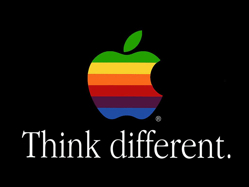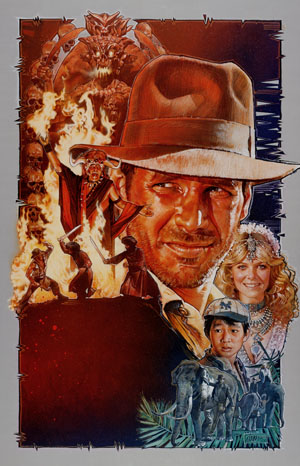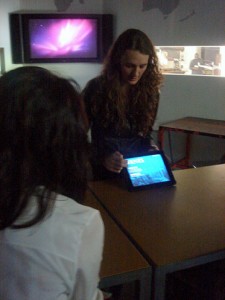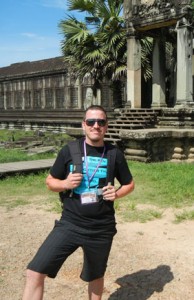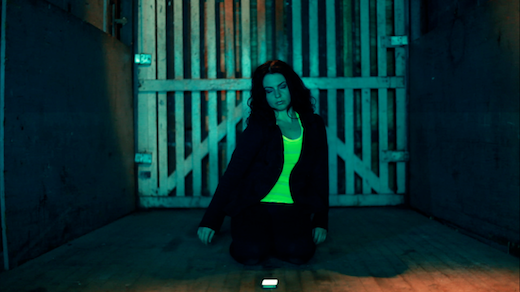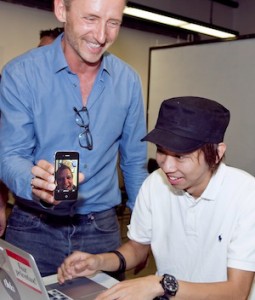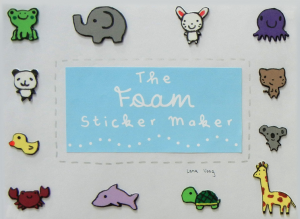There’s always something happening when it comes to Art Center alumni, students and faculty. Sometimes there’s almost too much happening!
- The team of Product Design alumnus Silas Beebe and Rob Tsunehiro took second place at last month’s Oregon Manifest Constructor’s Design Challenge, for their bicycle whose features included an easily removable passenger seat and a retro reflective powder coat for improved nighttime visibility. [Wall Street Journal]
- Illustration/Fine Art alumna Ana Serrano’s Salon of Beauty opened recently at Houston’s Rice Gallery. The urban landscape installation, on view through December 11, takes everyday Los Angeles staples–98-cent stores, check cashing stores and a unisex nail salon–and places them in a new light. [ Houston Press’ Art Attack]
- Got stamps? If not, head to your local post office and ask for a Pioneers of American Industrial Design book of stamps. Not only do these stamps showcase stunning products from legendary designers, but several of the objects–including the original Kodak Brownie camera and the IBM Selectric Typewriter–were photographed by Photography alumna Sally Anderson-Bruce, who has also shot classic American dolls, antique toys and objects by Charles and Ray Eames for the USPS. [Core 77; IDSA]
- Illustration alumnus and Art Center faculty member Alex Schaefer, whose paintings of bank branches on fire have attracted a great deal of attention, spelled out the intention of his latest work–created at Occupy L.A.–to placate any questioning law enforcement officials.
- Product Design student Daniel Don Chang’s mod hairstyle-inspired Luxy Vespa Helmet, which won a bronze IDEA Award last year, was recently written up in Clutch & Chrome.
If you have any Art Center-related news items you’d like to share with the community, send us an email at editorial at artcenter dot edu.



